We are doing a series of trials in the CASSA site in Spain.
The miniSAFF was established on February the 4th and we are now proceeding with doing multiple trials on this PFAS impacted water. The trials that we, so far, have carried out shows a low foaming water. We are doing trials with different treatment time and Hz setting on the pumps to Optimiz the removal rate on PFAS. Next trial period is at the end of February where we will be focused on using additive to enhance the removal rate on short-chain PFAS.
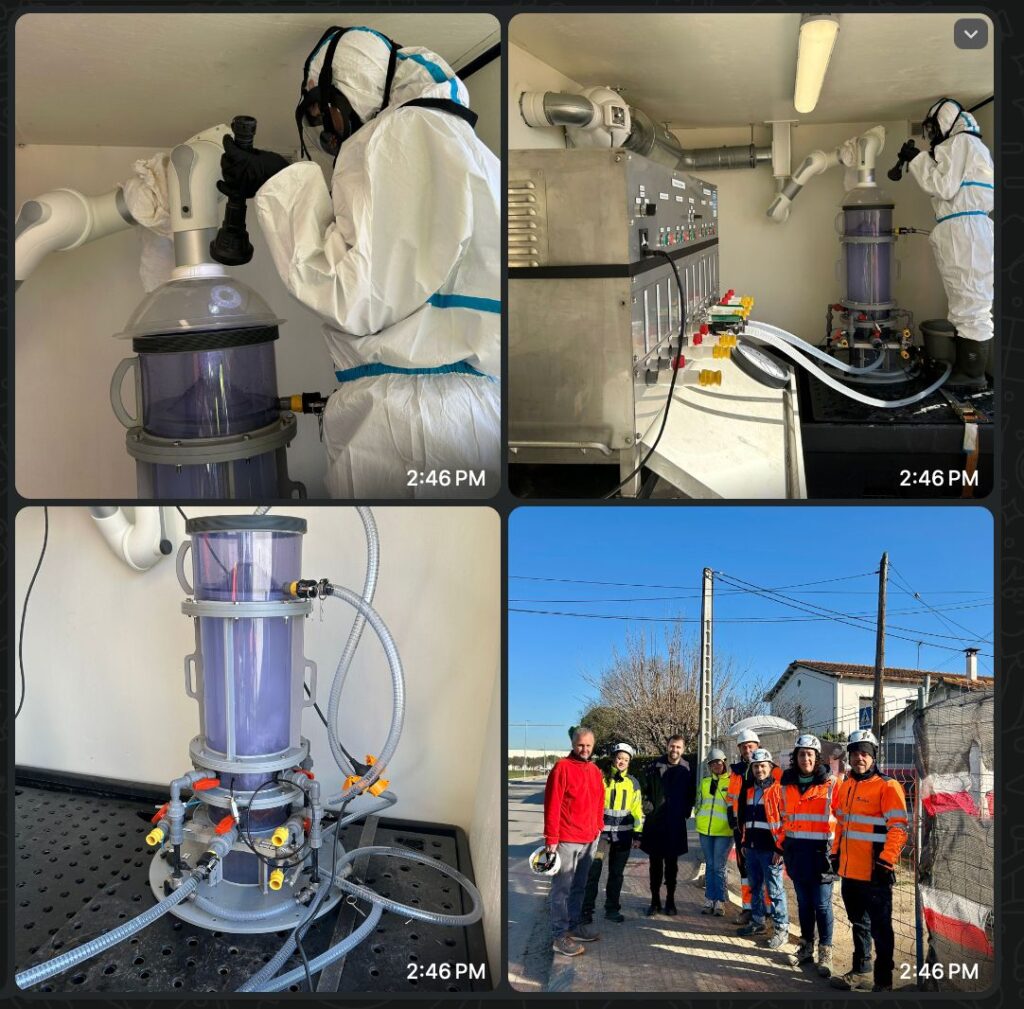
Under task 7.4, SCENARIOS is demonstrated in a drinking water plant. For this reason, IDP works together with CASSA and defines that the most interesting drinking water source for the demonstration are the waters coming from the Volart well (“Pou Volart”). This water together with water coming from Ter river supplies a vast region north-west from Barcelona. Specifically, it is decided to work on the drinking water (pumping plant) in Parets del Vallès, through which approximately run 120m3 per hour. This allows for the water to be tested not to be any problem for the network.
The MiniSAFF solution to be tested in the Drinking Water Plant (DWP) owned by CASSA was sent in a 20ft container (6m x 2.5m; 6-8Tn approx. weight). The following requirements were sent to IDP-CASSA in order to commission and run the miniSAFF:
- Electrical Connection: 3-phase, 16 Amp, 3*400 V electrical connection on one side of the container.
- Logistics: Crane needed to unload the container and place it on site, bearing in mind the 8Tn weight defined.
- PFAS-contaminated water: MiniSAFF works with 200L batches. A total 4 tests of 5 batches (1000L) will be performed each time/visit. Therefore 4000-5000L in total, after 3 visits. This amount of water is not deemed critical by CASSA and therefore will not be reinjected. Water will be disposed by CASSA staff.
- Water collection/storage: ENVYTECH requests to have 2 1000L deposits onsite to collect/store water.
- Freshwater: ENVYTECH staff requests for some amount of freshwater to rinse the system and confirm there are no leakages
- Duration of tests – timeline: 2 months maximum (maybe one month). Total 4 trials of 5 batches each (1000L). So 5000L in total maximum.
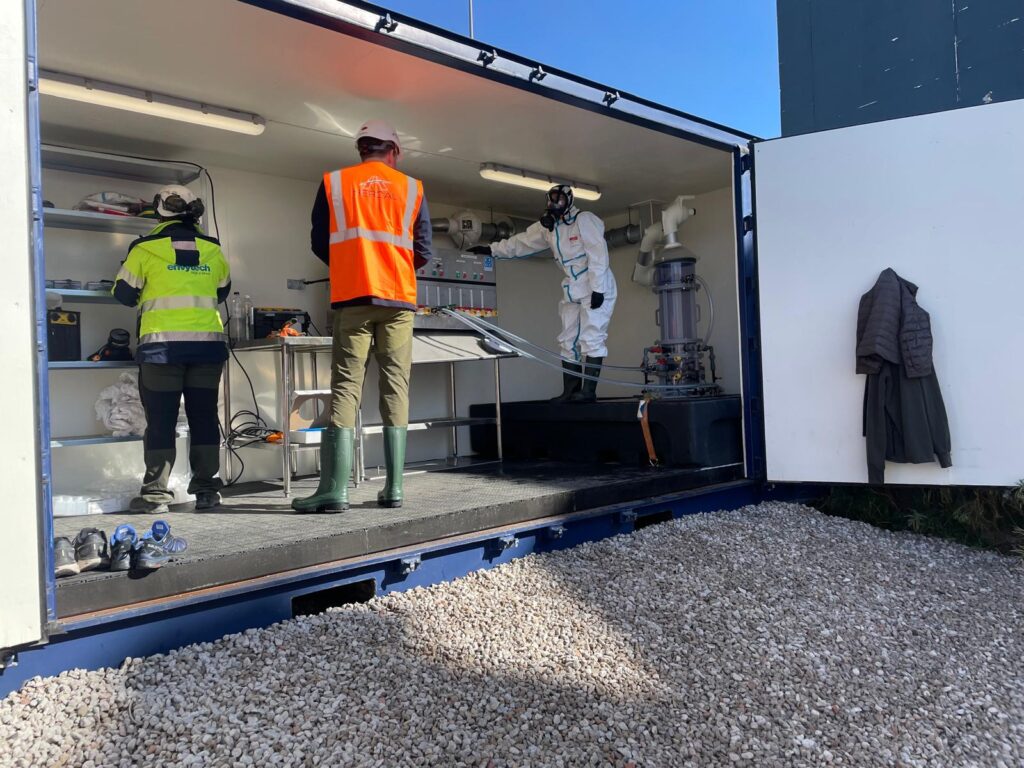
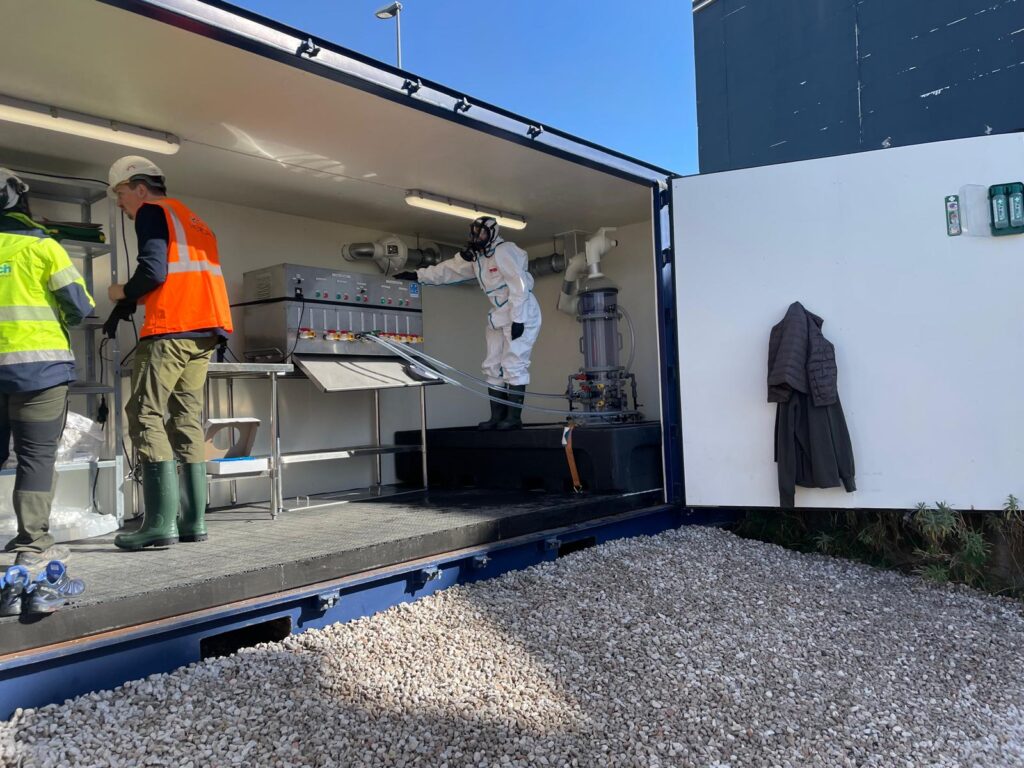
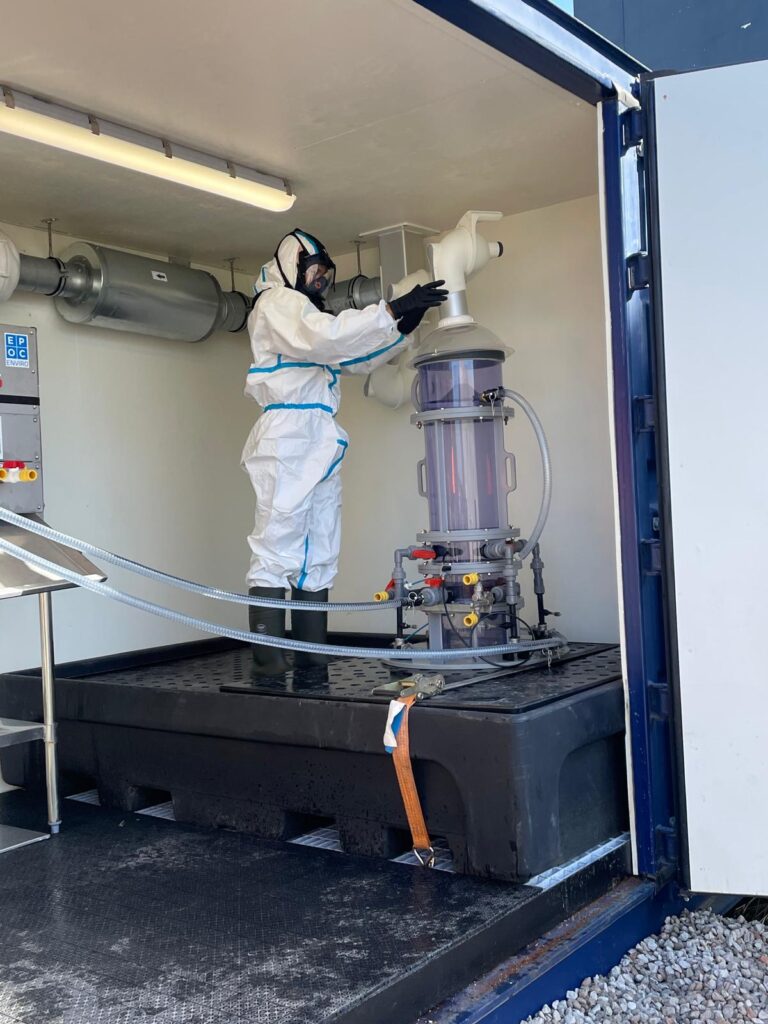
Prior to the unloading and installation of the MiniSAFF container, IDP jointly with CASSA had to perform certain actions/civil works onsite. These are described below:
- Terrain levelling to enable the container’s need to be on flat ground. This was achieved by a thick layer of gravel on the ground after a rough flattening of the terrain onsite.
- Water and electrical connections (including taps/faucets) through hoses/wires (plus electrical switchboard) are installed to allow ENVYTECH staff to connect the container and supply water wherever and whenever necessary.
When the site was ready, the miniSAFF container was allowed to be unloaded and installed on February 4th by means of a crane, with the supervision of IDP-CASSA and ENVYTECH staff. When this was achieved, commissioning of the system was performed by Envytech team, represented by Project Manager Säy Svanström, PFAS specialist Robin and lab technician Sese. The MiniSAFF is a benchtop unit that is used to perform trials where PFAS contaminated water is treated with air bubbles to demonstrate the reduction capacity of PFAS for the specific water. Several trials will be performed on three occasions during a 2-month period, where different treatment times and Hertz settings will be tested to optimize the reduction. Tests with additives will also be performed to increase the reductionrate of short-chain PFAS. During February 4th and 5th, a total amount of 1000L will be collected and treated.
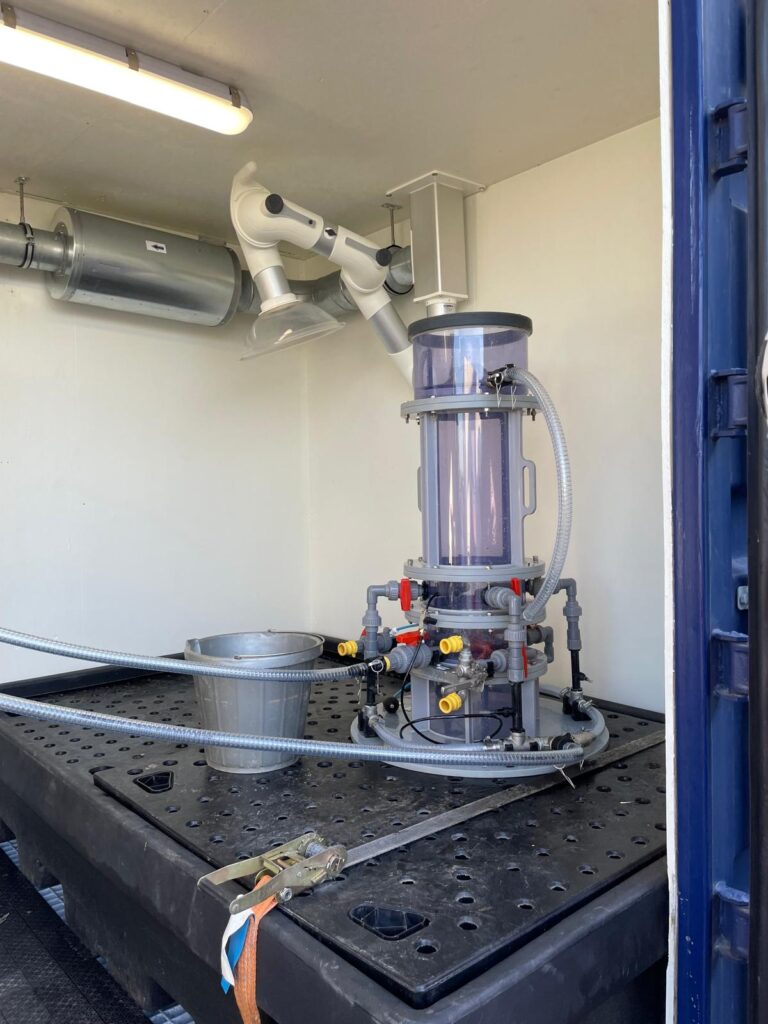
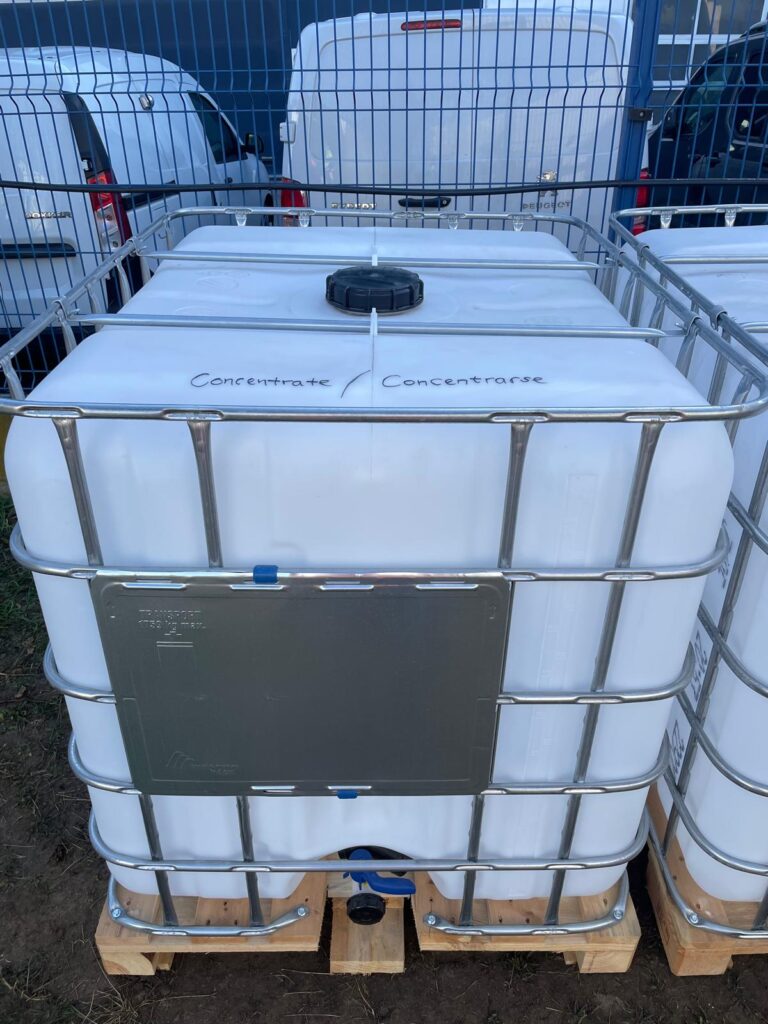
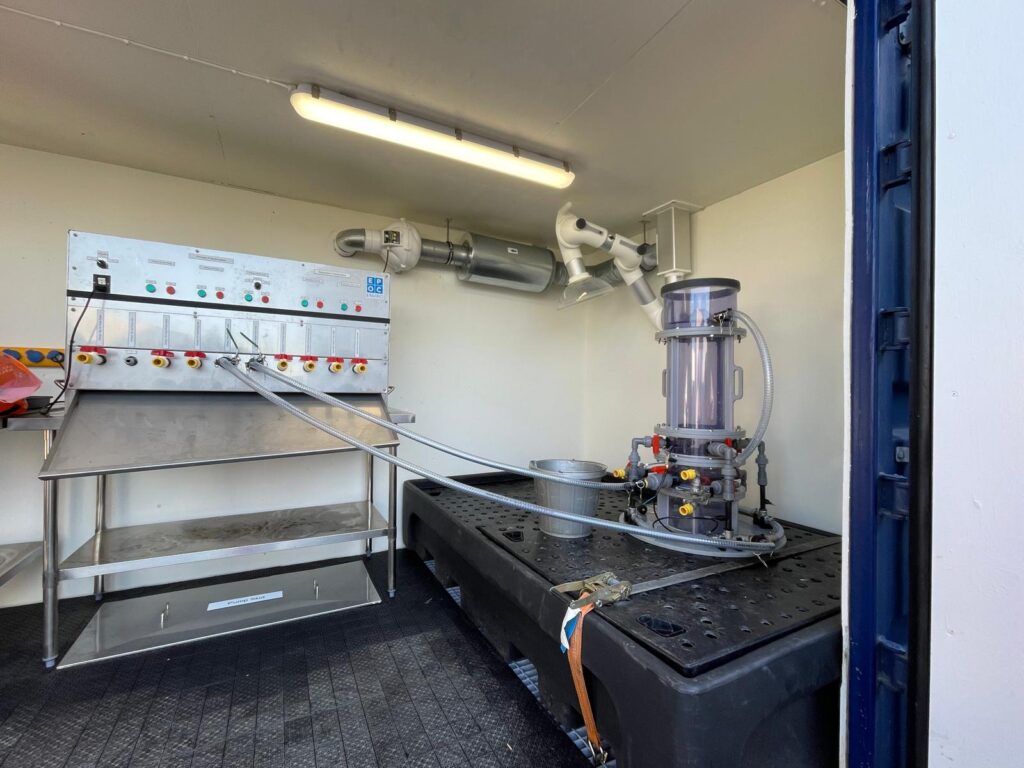
Envytech team provided his support and knowledge on the works carried out: project manager Say, PFAS specialist Robin and lab technician Sese established a miniSAFF unit at the CASSA site in Spain. The team was accompanied by Mikel Borrás from IDP, which is the pilot manager.
The miniSAFF is a bench-top unit that is used to perform trials where PFAS contaminated water is treated with air bubbles to demonstrate the reduction capacity of PFAS for the specific water. Several trials will be performed on three occasions during a 2 month period, where different treatment times and Hertz settings will be tested to optimize the reduction. Tests with additives will also be performed to increase the reduction rate of short-chain PFAS.
Water samples will be sent to a laboratory to verify levels. Exciting results are pending.
